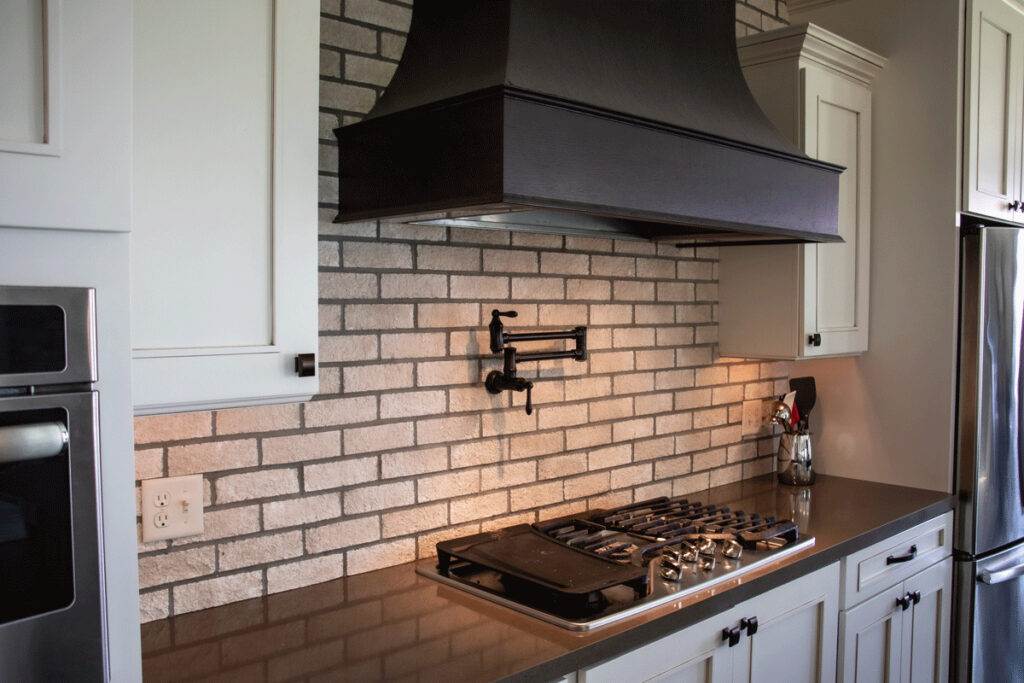The holidays are coming, which means our kitchens will be kicking into high gear!
All that cooking and baking fills the house with mouth-watering aromas. But it also means grease, smoke, and steam building up. Nobody wants their home smelling like burnt pumpkin pie or soggy stuffing. Luckily, your kitchen’s ventilation system is there to whisk away the unwanted air so you can just enjoy the turkey day scents.
But how does that handy vent over your stove actually work? What goes on behind your walls to clear the air?
Let’s “digest” the concept of kitchen ventilation together!
First, a quick anatomy lesson. That vent over your stove connects to a duct that runs behind the scenes. The duct carries cooking grease, smoke, humidity, and other kitchen clutter outside. This keeps it from spreading through your home’s air ducts to stink up the rest of the house!
Your vent fan provides the exhaust power. It pulls air up through the filters and into the ductwork. From there, it exits outside through a hood, cap, or sidewall vent. The higher the fan’s CFM (cubic feet per minute) rating, the more air it can push out. Aim for at least 100 CFM for adequate smoke removal.
Proper ducting is crucial for vent effectiveness. Small or poorly connected ducts restrict airflow. This strains the fan, reducing its exhaust power. Wide, straight ducts give emissions an easy escape route. Regular cleaning also keeps ducts clear of greasy buildup.
Now let’s talk filters. They catch solids like grease and lint before they clog your ducts. Mesh filters suit most kitchens. Change them every 3-6 months to prevent saturation. Home chefs generating heavy smoke or grease should opt for baffle or charcoal filters. They trap smaller particles for cleaner indoor air.
And, what about all that Thanksgiving steam?? Stovetop splatter and boiling pots churn out humidity. If unchecked, it makes surfaces drippy and promotes mold growth. Ventilation helps by carrying away moisture. Running your range hood, even while simply cooking, makes a difference.
Proper venting technique also helps. Always turn your vent fan on before cooking and leave it running for 10-15 minutes afterward. This fully clears residual steam and odors. Open a window while cooking when possible too for bonus ventilation.
Your vent fan may connect to the main home HVAC system or vent outside directly. Both have pros and cons. Tying into HVAC ducts costs less to install but risks spreading contaminants. Direct exterior venting keeps pollution out of your home but costs more.
No matter your setup, your kitchen vent keeps the air cooking. It whisks away unwanted fumes so you can just relax and enjoy time with family. But if your ventilation seems lacking, there are some similarities between it and your home’s HVAC system that are worth noting. Both require regular filter changes and venting to the exterior to remove contaminants. Proper ducting is also crucial for each system’s airflow and performance.
While we at Ballard don’t service kitchen vents specifically, we do hope this explanation of how they work was an interesting read! If you need any assistance with your home’s heating and air conditioning system, our team is ready to help. Give us a call to keep your furnace and ductwork running their best this holiday season and all year long! Contact us online or give us a call today: 909-297-1914

